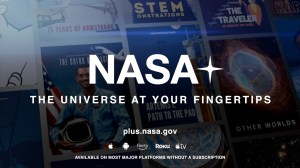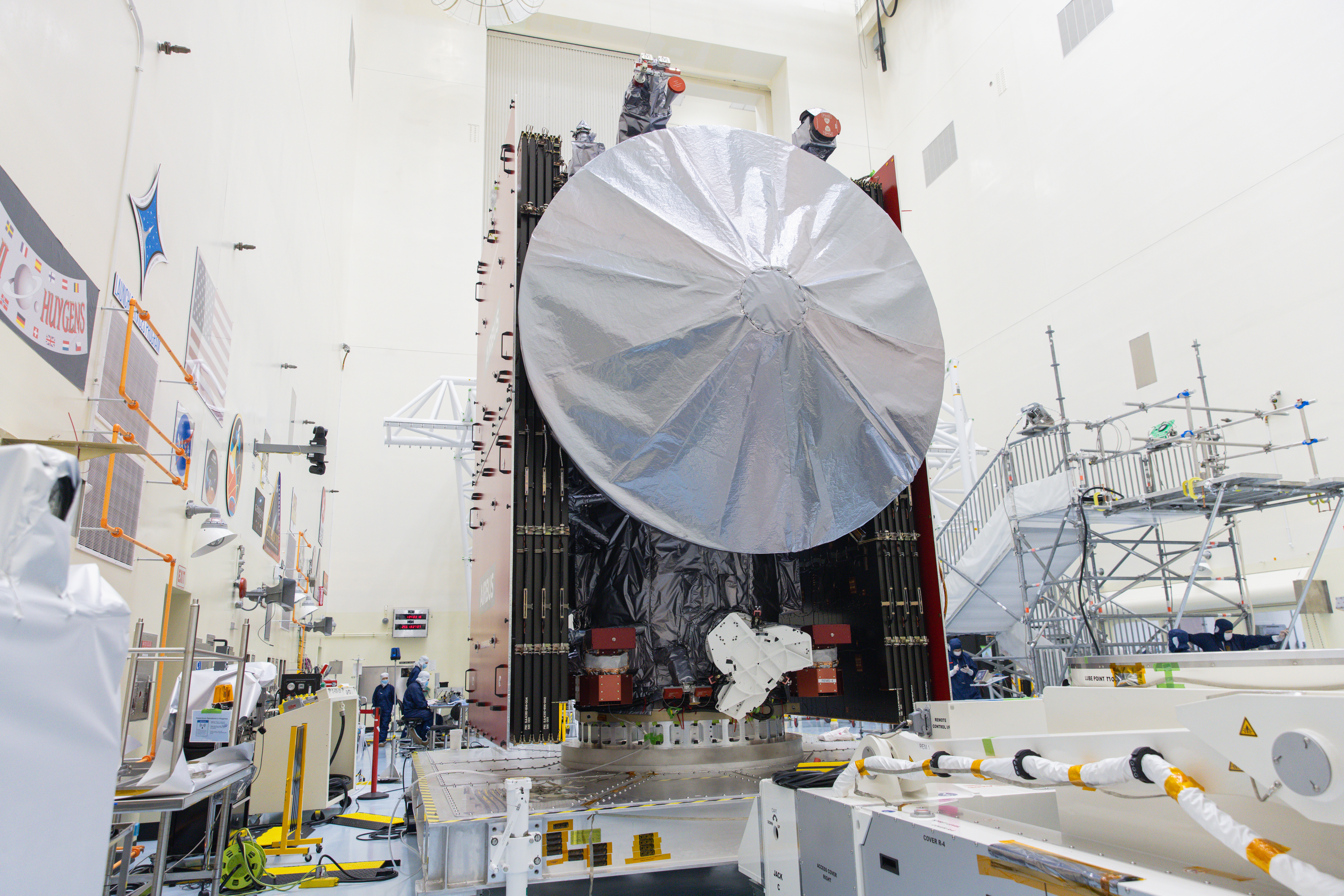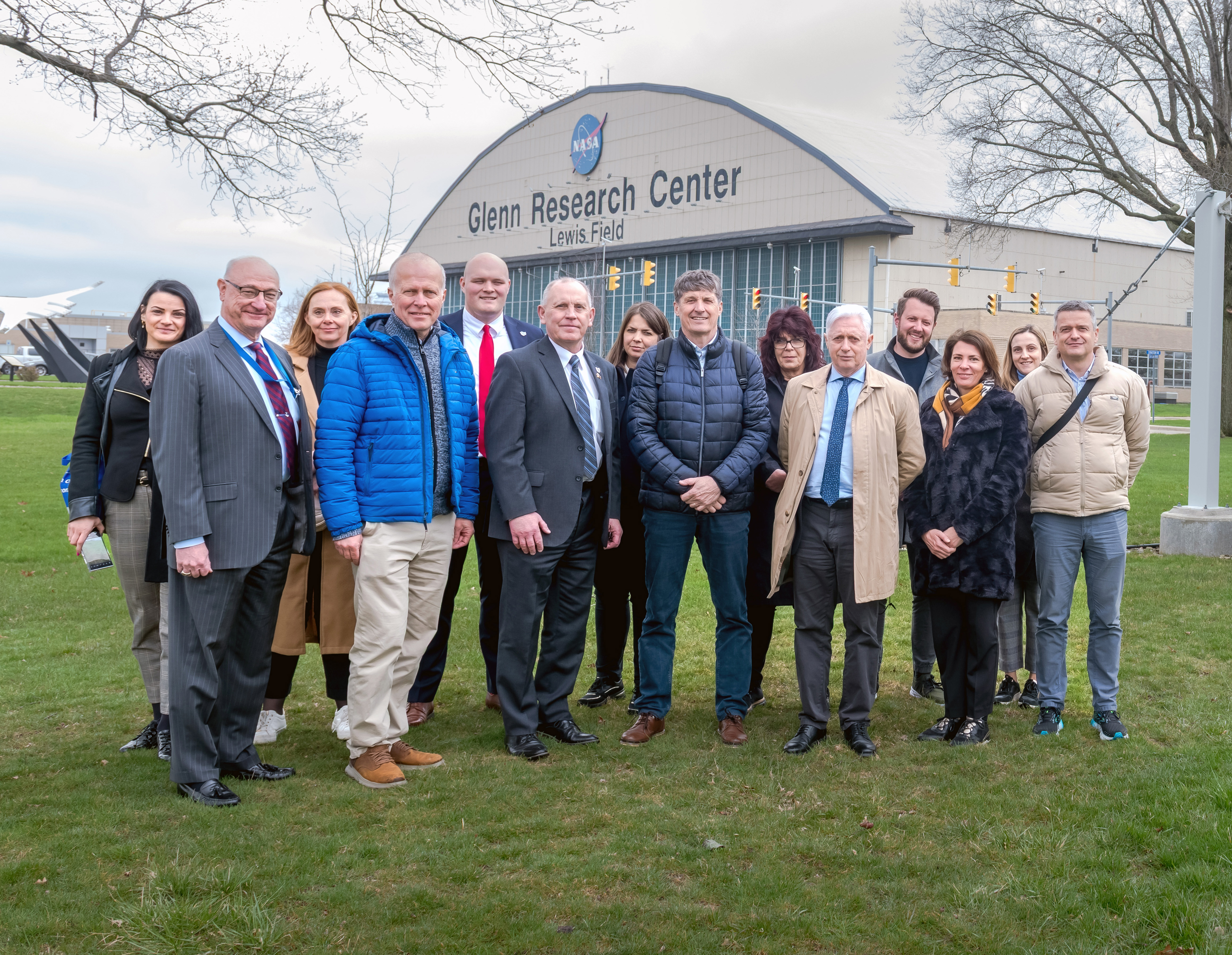NASA Furthers Aeronautical Innovation Using Model-Based Systems
As NASA continues cutting-edge aeronautics research, the agency also is taking steps to make sure the benefits from these diverse technologies are greater than the sum of their parts. To tackle that challenge, NASA is using Model-Based Systems Analysis and Engineering (MBSAE). This type of engineering digitally simulates how multiple technologies could best work together […]
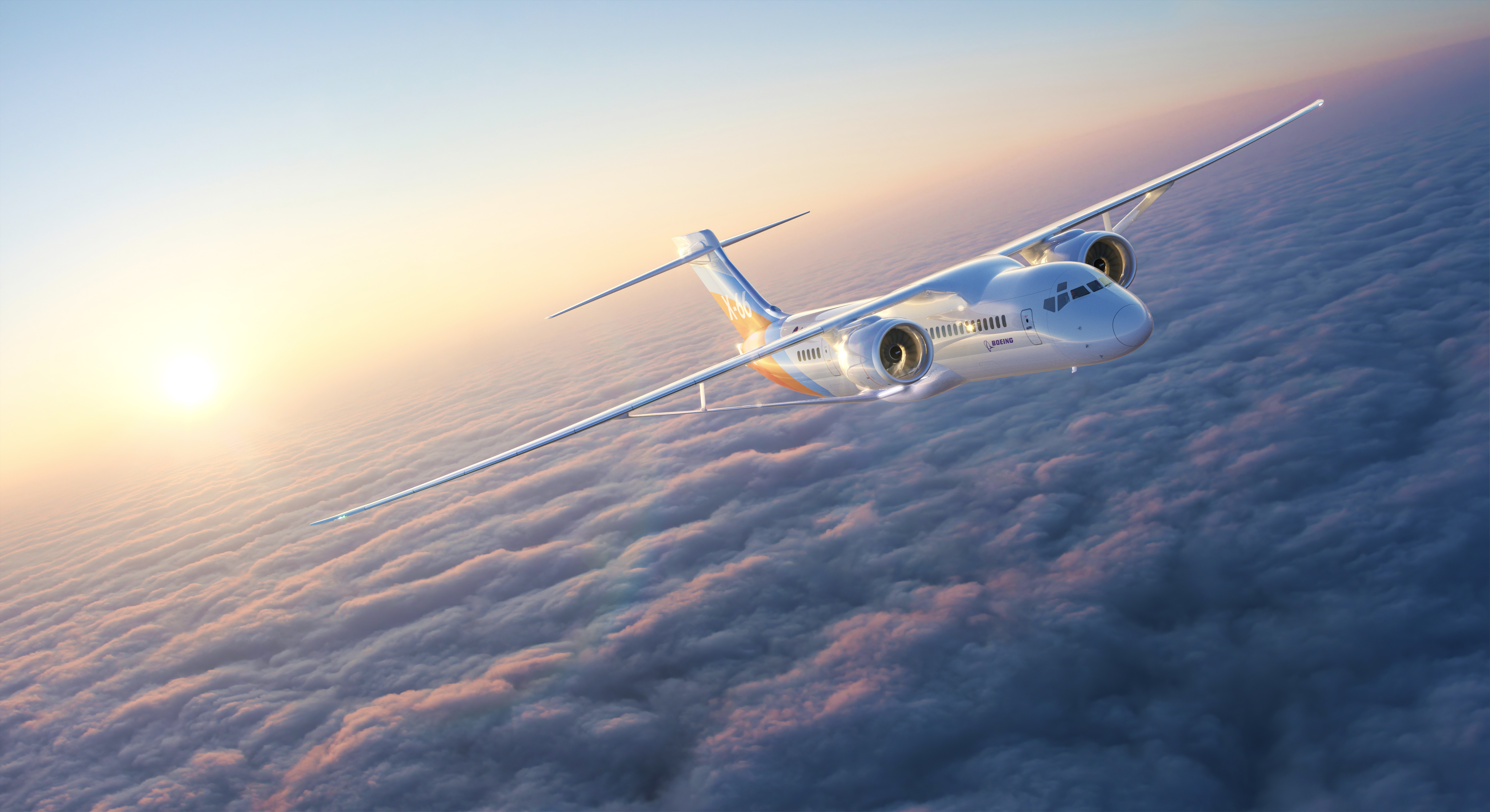
4 min read
Preparations for Next Moonwalk Simulations Underway (and Underwater)
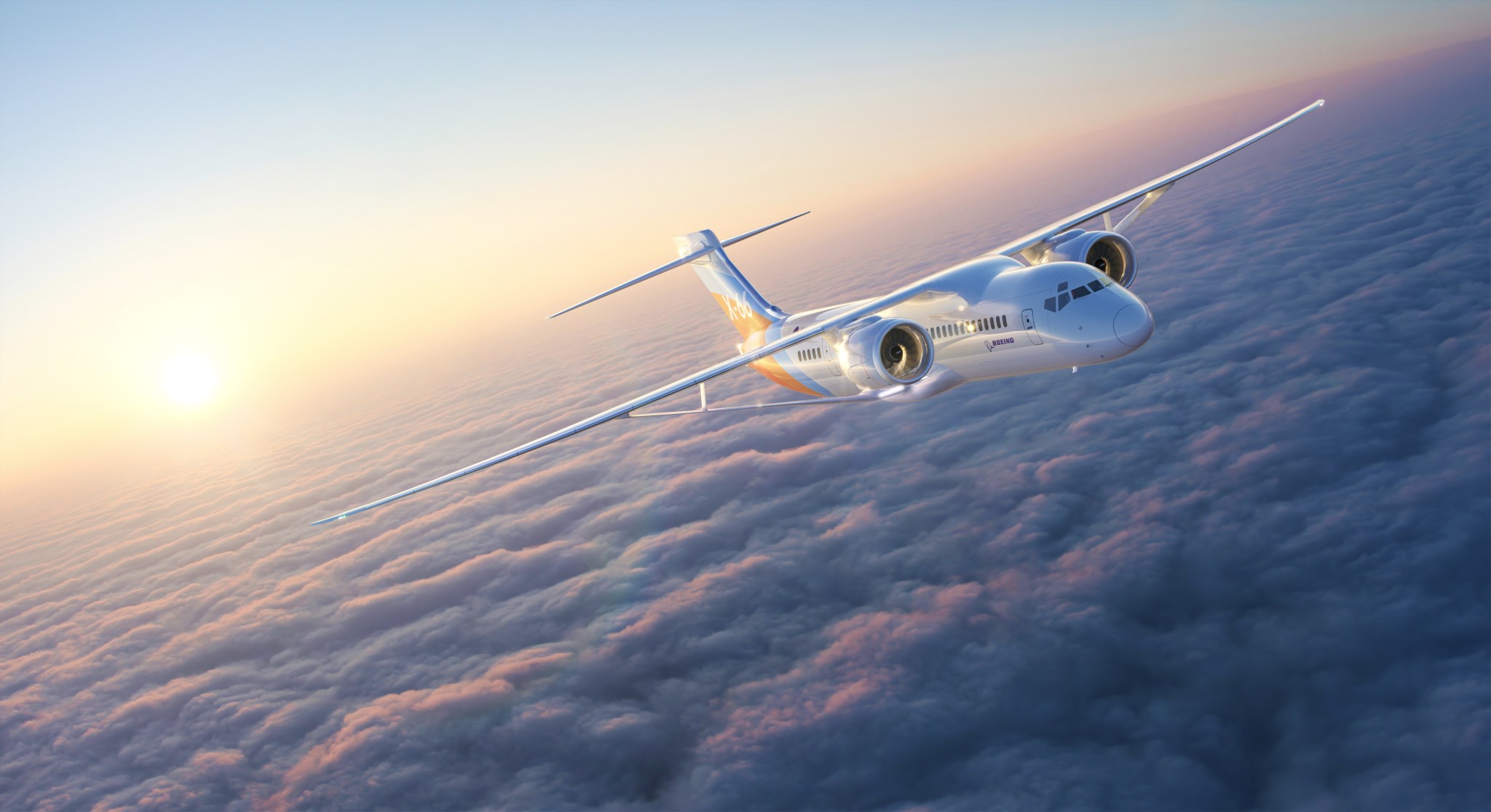
As NASA continues cutting-edge aeronautics research, the agency also is taking steps to make sure the benefits from these diverse technologies are greater than the sum of their parts.
To tackle that challenge, NASA is using Model-Based Systems Analysis and Engineering (MBSAE). This type of engineering digitally simulates how multiple technologies could best work together as a single, complex system. It is performed using advanced digital tools and computing programs.
The goal: Optimize the next generation of 21st-century aviation technology.
Model Benefits
“MBSAE provides a way to envision how all these technologies, being developed separately, can all fit together in the end,” said Eric Hendricks, who leads MBSAE integration efforts for NASA’s Aeronautics Research Mission Directorate at NASA Headquarters in Washington.
By using this form of digital engineering, NASA’s aeronautical innovators can have a better idea of how their research in one area (say, ultra-efficient airliners) could best benefit, and work in tandem, with another area (say, future airspace safety).
Using detailed, customizable digital models, researchers can simulate these complex systems working together with a high degree of accuracy and then figure out how the greatest benefits could be achieved.
“As we move toward these advanced systems, MBSAE can connect different disciplines and determine how to eke out the best performance,” Hendricks said.
That process feeds back into the research itself, helping researchers to significantly improve aviation’s sustainability – amongst other goals.
Zeroing In
MBSAE does more than integrating complex systems, however. Each system, individually, can be optimized using MBSAE tools.
“Before the technology is even fully developed, we can run highly accurate digital simulations that inform the research itself,” Hendricks said. “A digital flight test is a lot simpler and less costly than a real flight test.”
For example, one of NASA’s new MBSAE tools, Aviary, includes the ability to consider gradients. That means Aviary can figure out how to more efficiently optimize a given technology.
Say a researcher would like to know which type of battery is needed to power an airplane during a certain maneuver. The researcher inputs information about the airplane, the maneuver, and battery technologies into Aviary, then Aviary goes and runs digital flight tests and comes back with which type of battery worked best.
Digital flights tests like this can be done for myriad other areas as well, ranging from an aircraft’s overall shape to the size of its engine core, its electrical systems, and beyond. Then, the digital flight tests can help figure out how to combine these systems in the most effective way.
Digital Era Aeronautics
Another way MBSAE can come in handy is the scale of these aviation transformations.
With demand for single-aisle airliners expected to rise dramatically in the coming decades, measuring the emissions reductions from a certain wing design, for example, would not just extend to one aircraft, but also an entire fleet.
“We’ll be able to take what we learn from our sustainable aviation projects and simulate the technology entering the fleet at certain points,” said Rich Wahls, NASA’s mission integration manager for the Sustainable Flight National Partnership at NASA Headquarters. “We can model the fleet itself to see how much more sustainable these technologies are across the board.”
Ultimately, MBSAE also represents a new era in aeronautical innovation – both at NASA and in the aviation industry, with whom NASA is working closely to ensure its MBSAE efforts are cross compatible on an opensource platform.
“The MBSAE team has lots of early-to-mid career folks,” Hendricks said. “It’s great to see the younger generation get involved and even take the lead, especially since these digital efforts can facilitate knowledge transfer as well.”
Share
Related Terms
What's Your Reaction?



















.jpg?#)

























